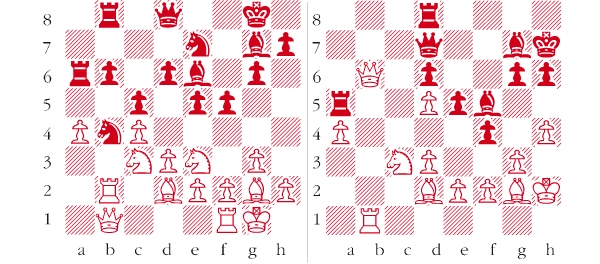The English Opening was essentially invented by Howard Staunton in the mid-19th century. The strategic point is to commence with c4, then fianchetto White’s king’s bishop and eventually to strike at the central and queenside light squares. This week’s game is a perfect example of this strategy in action.
White’s light-squared bishop dominates proceedings and White combines this with pressure along the b-file in order to increase his domination. A sacrifice of rook for knight then emphasises his complete control of the board. The game is taken from an illuminating new book from Steve Giddins, Move by Move: The English (Everyman Chess).
Andersson-Seirawan: Linares 1983; English Opening
1 Nf3 c5 2 c4 Nc6 3 g3 g6 4 Bg2 Bg7 5 Nc3 e5 6 0-0 d6 7 a3 Nge7 8 Rb1 Possible here is the gambit 8 b4. If Black takes the pawn by 8 … cxb4 9 axb4 Nxb4 then White gets good compensation after 10 Ba3 Nec6 11 Qa4. However, as well as simply ignoring the gambit by 8 … 0-0, when play will usually transpose to regular lines with 9 Rb1, Black can also play the sharp 8 … e4. 8 … a5 9 d3 0-0 10 Bg5 f6 11 Be3 Be6 12 Ne1 Qd7 13 Nc2 White is now ready to advance b4. 13 … a4 White often plays b3 to stop this crippling of his queenside pawns, but here things are not so clear. With Black’s pawn on c5, the opening of the b-file will leave his b-pawn backward and exposed to attack. 14 b3 axb3 15 Rxb3 Rfb8 16 Qb1 Ra6 17 Rb6 Qc7 18 Rb2 b6 19 Bd2 The bishop has done its job on e3 — it has prevented the advance … d5.







Comments
Join the debate for just £1 a month
Be part of the conversation with other Spectator readers by getting your first three months for £3.
UNLOCK ACCESS Just £1 a monthAlready a subscriber? Log in